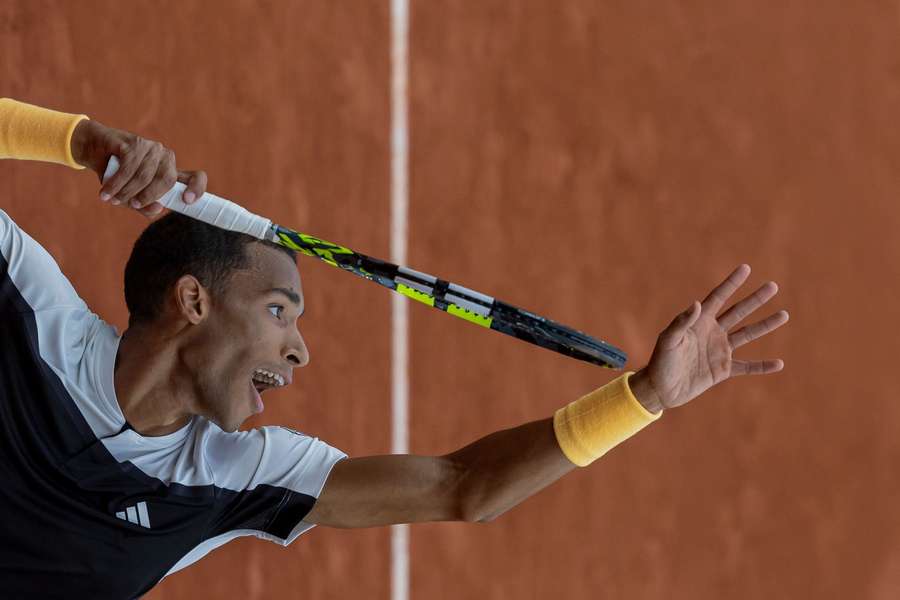OPINION: With the sun finally out, the French Open has become two tournaments in one

It's as if a pack of Formula 1 cars have arrived in the pits and changed their tyres. It's going to be a very different race from now on, the rain is gone and the track is dry.
Tennis is similar. Playing in the humidity and vice versa under the harsh sun can be completely different.
The schedule for the first week of the tournament was heavily disrupted by the weather. The days were rainy, the temperature lower, the humidity high. All of the above has a big impact on clay courts, balls, rackets and match management.
In wetter conditions, new balls become coated with clay and soaked with moisture after a few points and therefore are bigger, heavier, and slower with less bounce. Players have to work harder to finish points and it puts a lot more physical stress on the body.
The easiest response to this is to take some tension out of the strings on the racket. But it's not that simple. Players have to take into account whether they are playing straight shots or lifted shots, whether they are hitting in the middle of the racket or slicing. If tennis players are hitting straight shots through the middle, the fluctuations in tension will be less.

For example, Canadian Felix Auger-Aliassime said in a press conference that he had six differently-stringed rackets ready for the match because he also reacts to who he is playing and whether he is serving or returning.
The conditions of the first week suited someone like Carlos Alcaraz, for example, because he moves well, runs a lot and returns a lot of balls. But given his forearm issues, that could pose a problem. Even Marketa Vondrousova mentioned after the recent round that she has been struggling with a sore arm for the last three days.
Tunisia's Ons Jabeur admitted after her match against Camila Osorio that it was harder to control the heavier balls. Moreover, she perceived that the conditions were more suited to her opponent, who had more time to react and the opportunity to return more shots.
In humid conditions, players have to be more patient and prepare for more exchanges, but again, they must not fall into passivity. It is difficult to find the right balance.
Taller players find an extra inch
The heat and dry weather are certainly an advantage for the likes of Alexander Zverev and Aryna Sabalenka. The courts will be drier and faster and the balls will bounce higher, which is preferable for taller players. This was shown by Elena Rybakina, who swept aside Elina Svitolina in the midday sun on Monday.
Taller players will get an advantage this week, their aggressive play will be more effective than in the previous week and it will be more difficult for shorter opponents to defend or attack them. Balls can bounce up over the shoulders of opponents, which few players enjoy, and it is difficult to attack from deep positions behind the baseline.
Players will need to use cleverly placed angled shots to open up the entire court in response to their taller opponents. This is where experienced players like Novak Djokovic and Grigor Dimitrov come into play, but also Stefanos Tsitsipas and, on the women's side, Jabeur, who can be creative.
In short, each player should know what suits them and how they will react to the current conditions and their upcoming opponents. Whether and how they adapt their rackets, playing style and tactics will be a fascinating theme in the coming days' play.

